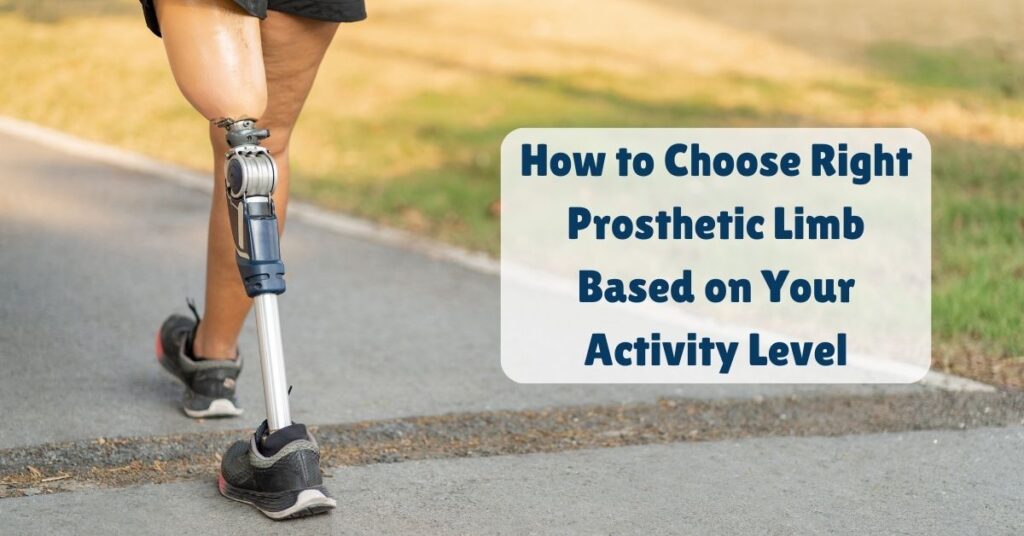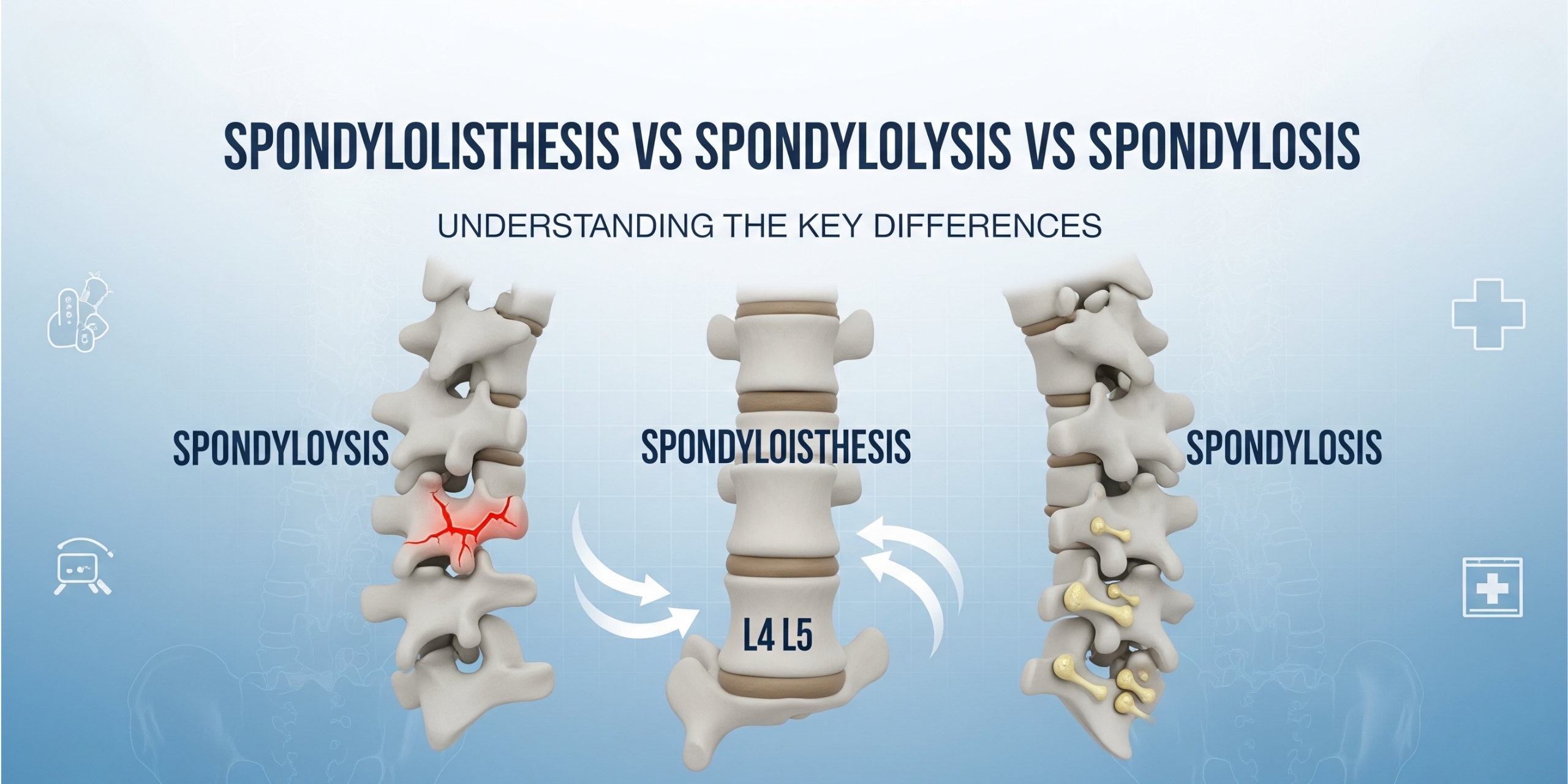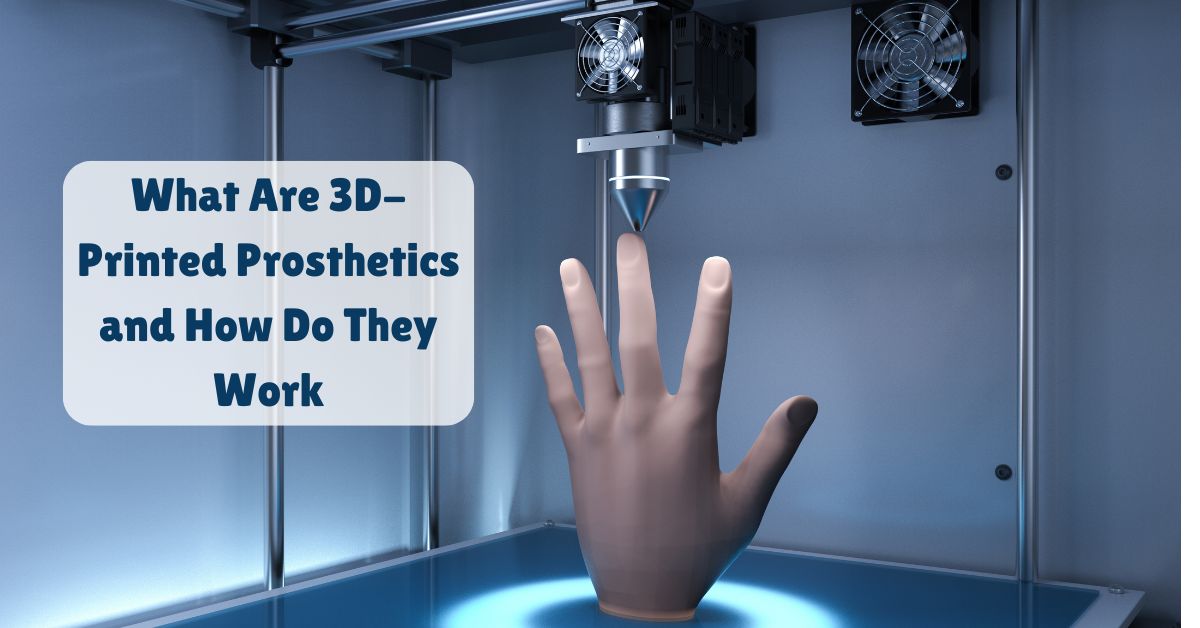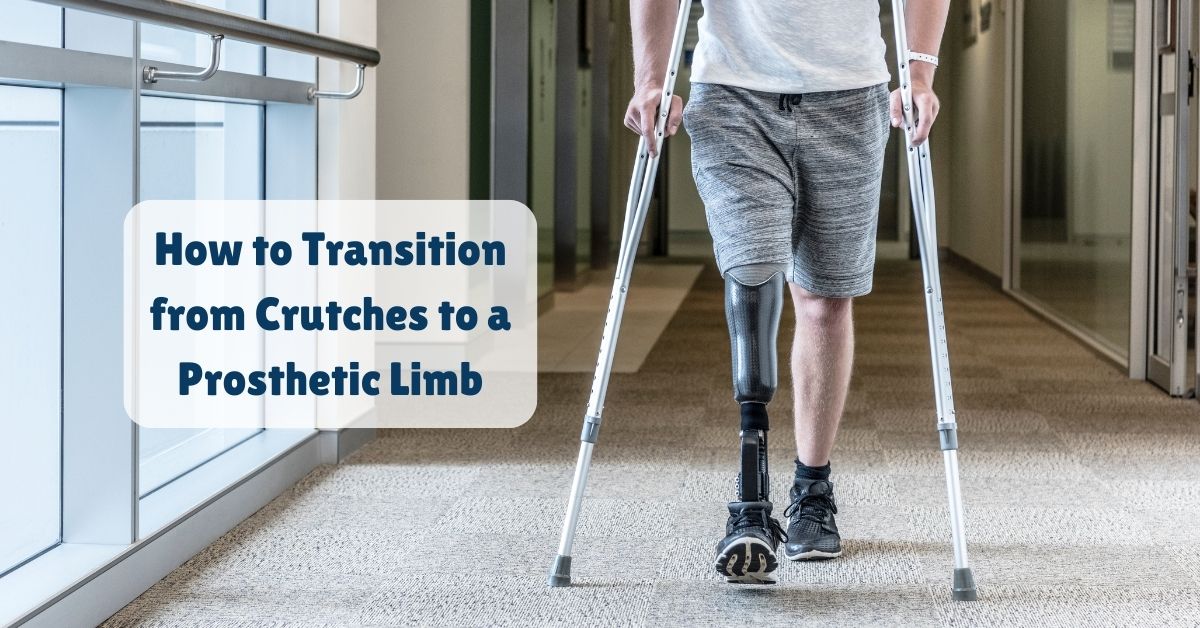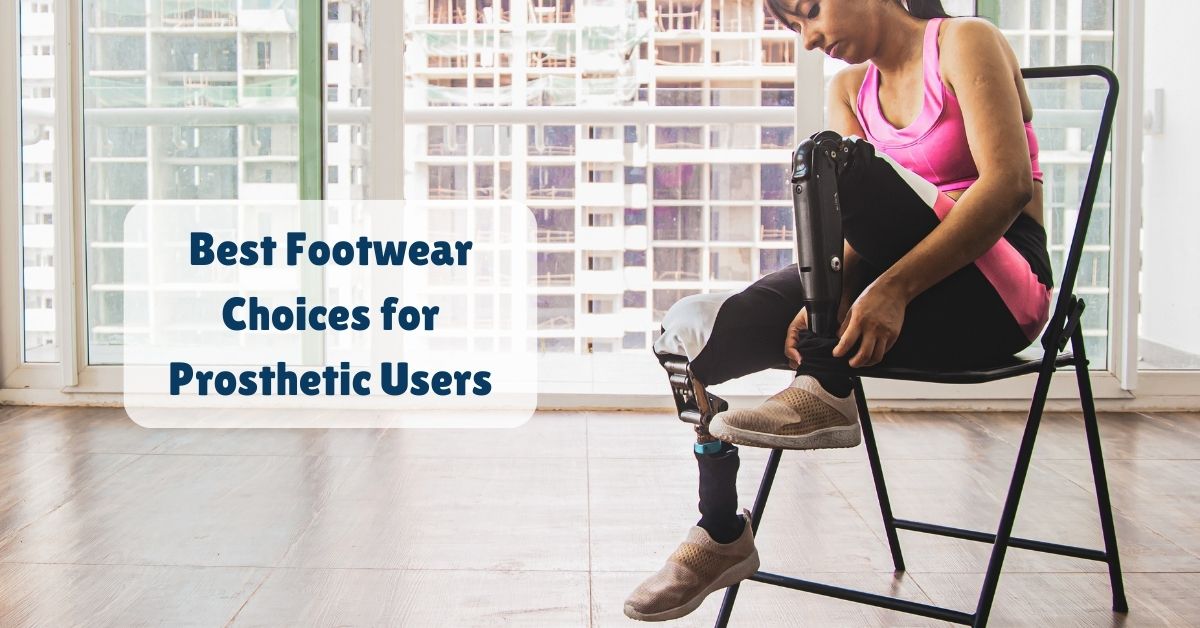Choosing the right prosthetic limb can be a life-changing decision for individuals who have undergone amputation. The right prosthetic can greatly enhance mobility, comfort, and overall quality of life. However, with so many options available, it can be overwhelming to know which prosthetic is best suited for your activity level. This article aims to provide comprehensive information to help you make an informed choice, considering your lifestyle, preferences, and needs.
What Are Prosthetics?
Before diving into how to choose the right prosthetic, it’s essential to understand what prosthetics are and how they work. A prosthetic limb is an artificial device designed to replace a missing limb or body part. The main goals of prosthetics are to restore mobility and improve the quality of life for the user.
Prosthetics come in various forms, tailored to the specific needs and preferences of the user. They can range from basic models designed for everyday use to advanced prosthetics equipped with technology for sports and high-impact activities.
What are the Types of Prosthetic Limbs
Prosthetic limbs come in various forms, each tailored to meet the specific needs of individuals based on the level of amputation and their lifestyle.
Transfemoral prosthetics, or above-knee prosthetics, are designed for individuals who have lost their leg above the knee. These devices typically feature more complex designs to accommodate the necessary knee joints, making them suitable for a variety of activity levels, including walking and running.
Transtibial prosthetics, or below-knee prosthetics, are intended for those who have lost their leg below the knee. Generally lighter and easier to manage than their transfemoral counterparts, these prosthetics are ideal for daily activities and light sports.
Upper-limb prosthetics are crafted for individuals who have lost an arm or hand. They come in different types, ranging from passive devices designed for cosmetic purposes to functional prosthetics that enable grip and movement. The choice between these options largely depends on the level of amputation and the desired functionality of the prosthetic.
Lastly, sports prosthetics are specifically engineered for athletes and active individuals. These prosthetics are lightweight and offer enhanced stability and performance, making them ideal for high-impact sports such as running, cycling, and swimming. Each type of prosthetic limb is designed with the user’s lifestyle in mind, ensuring a fit that promotes mobility and independence.
Assessing Your Activity Level for Prosthetic
Your activity level is an important factor in selecting the right prosthetic limb. Here are the primary categories to consider:
Sedentary Lifestyle
If you primarily engage in light activities and prefer a more relaxed lifestyle, you may not need a highly specialized prosthetic. Basic prosthetics designed for daily use, such as walking or light household tasks, will suffice. Comfort and ease of use are the most important features for this lifestyle.
Moderately Active
For those who enjoy moderate activities, such as walking, gardening, or light sports, a more advanced prosthetic may be necessary. Look for features like adjustable components that can accommodate different types of movement. Transtibial prosthetics may be suitable, as they offer a balance of functionality and comfort.
Highly Active
If you lead an active lifestyle and engage in sports or fitness activities, you’ll need a prosthetic designed for high performance. Sports prosthetics are specifically engineered to handle dynamic movements and provide stability and support. Look for lightweight materials, shock absorption features, and customization options to enhance performance.
Factors to Consider When Choosing a Prosthetic
Comfort and Fit: A proper fit is essential to avoid discomfort and skin issues. It is important to schedule a professional fitting session with a certified prosthetist, who can customize the device to match the unique shape and size of your residual limb.
Consider the materials used in the prosthetic; lightweight materials such as carbon fiber can enhance comfort and mobility, particularly for those with active lifestyles.
Functionality: If you plan to use your prosthetic limb for daily activities, ensure it allows for easy walking, standing, and sitting. Look for prosthetics designed for ease of use in everyday situations. For athletes, prioritize features that enhance performance, such as energy return technology and specialized foot designs for running or jumping, which can significantly improve athletic capabilities.
Durability: Choose a prosthetic that can withstand the demands of your activity level. A durable prosthetic is essential for active users to prevent frequent replacements or repairs, ensuring long-term usability.
Aesthetic Appeal: Some users prioritize the appearance of their prosthetic limb. While functionality is critical, consider options that offer a natural look, especially for upper-limb prosthetics, which can help with self-confidence and social interactions.
Cost and Insurance Coverage: Prosthetics can be a significant investment, so it’s important to assess your budget. Check with your insurance provider to understand coverage options for various types of prosthetics, which can help mitigate out-of-pocket expenses.
If needed, discuss financial assistance programs with your prosthetist to explore available options that can help manage costs.
Consultation with Professionals: Always consult with a certified prosthetist or orthopedic specialist before making a final decision. They can assess your individual needs and recommend the best prosthetic options based on your activity level and lifestyle, ensuring a tailored approach to your care.
Trying and Training Out Prosthetics
After narrowing down your choices, it’s essential to try out different prosthetic models. Many prosthetic clinics offer trial periods, allowing users to test various devices. Pay attention to how each prosthetic feels during different activities, such as walking, running, or climbing stairs. This firsthand experience will help you gauge which option suits you best.
Once you’ve chosen a prosthetic, proper training and rehabilitation are important. A physical therapist specializing in prosthetics can guide you through exercises to improve strength, balance, and coordination. This training will also help you adapt to your new limb and build confidence in your mobility.
Maintaining your prosthetic limb is essential for longevity and performance. Regularly check for any signs of wear and tear, such as loose fittings or damaged components. Follow the manufacturer’s guidelines for cleaning and care, and schedule routine checkups with your prosthetist.
How to Maintain Your Prosthetic Limb
Maintaining your prosthetic limb is important for ensuring its longevity and optimal performance. Here are some key points to consider for proper care and maintenance:
Regular Inspections: Frequently check your prosthetic limb for any signs of wear and tear. Look for loose fittings, cracks, or damaged components. Addressing these issues early can prevent further damage and maintain functionality.
Cleaning: Follow the manufacturer’s guidelines for cleaning and caring for your prosthetic. Generally, you should clean your prosthetic regularly using mild soap and water. Avoid harsh chemicals that could damage the materials. Pay special attention to areas that come into contact with your skin to prevent irritation and infection.
Component Checks: Regularly inspect specific components such as the socket, liner, and joints. Ensure that all parts are functioning correctly and that the prosthetic fits snugly but comfortably. If you notice any discomfort or unusual movement, consult your prosthetist.
Routine Checkups: Schedule routine checkups with your prosthetist. These visits allow for professional assessments of your prosthetic’s condition and can provide necessary adjustments or repairs. Regular consultations are particularly important if there are changes in your residual limb due to weight fluctuations or physical activity.
Finding the Perfect Prosthetic Fit for You
Choosing the right prosthetic based on your activity level is an important step in enhancing your mobility and quality of life. By understanding the types of prosthetics available, assessing your activity level, and considering important factors such as comfort, functionality, and durability, you can make an informed decision that aligns with your lifestyle.
Whether you lead a sedentary life, enjoy moderate activities, or are an athlete, there’s a prosthetic designed to meet your needs. Consulting with professionals and trying out different options will help you find the perfect fit for your journey toward improved mobility and independence. Remember, the right prosthetic can open new doors and empower you to lead an active, fulfilling life.
At Proactive Technical Orthopaedics, we understand the importance of finding the right prosthetic solution tailored to your unique needs. Our dedicated team of experts is here to guide you every step of the way, Contact today to schedule a consultation.
Always consult with a qualified healthcare provider or prosthetist regarding any concerns or questions about your prosthetic limb and its usage. Individual needs and circumstances may vary, and a healthcare professional can provide personalized guidance tailored to your specific situation.

